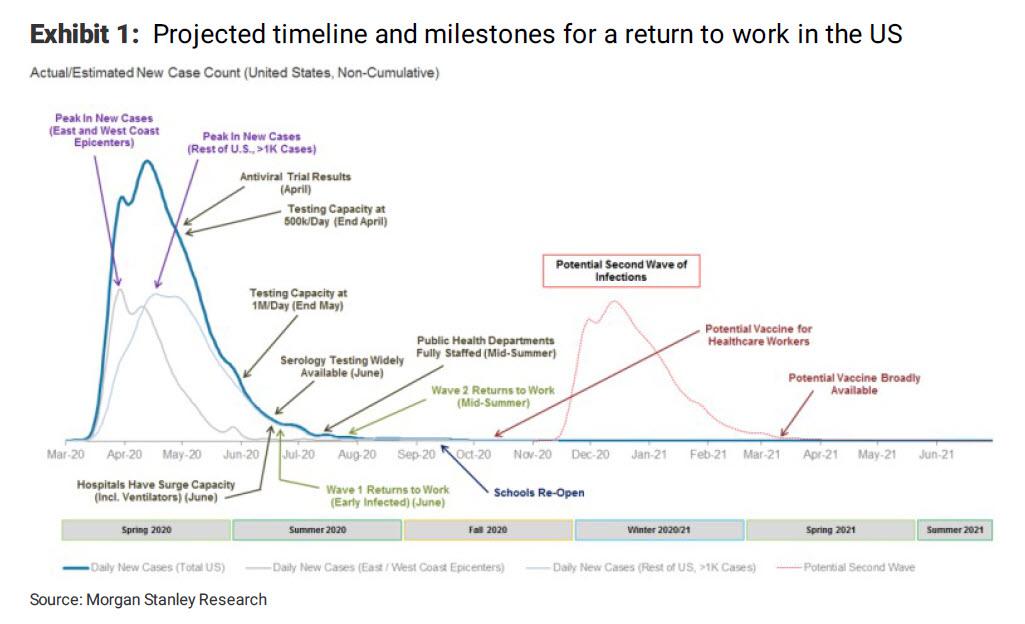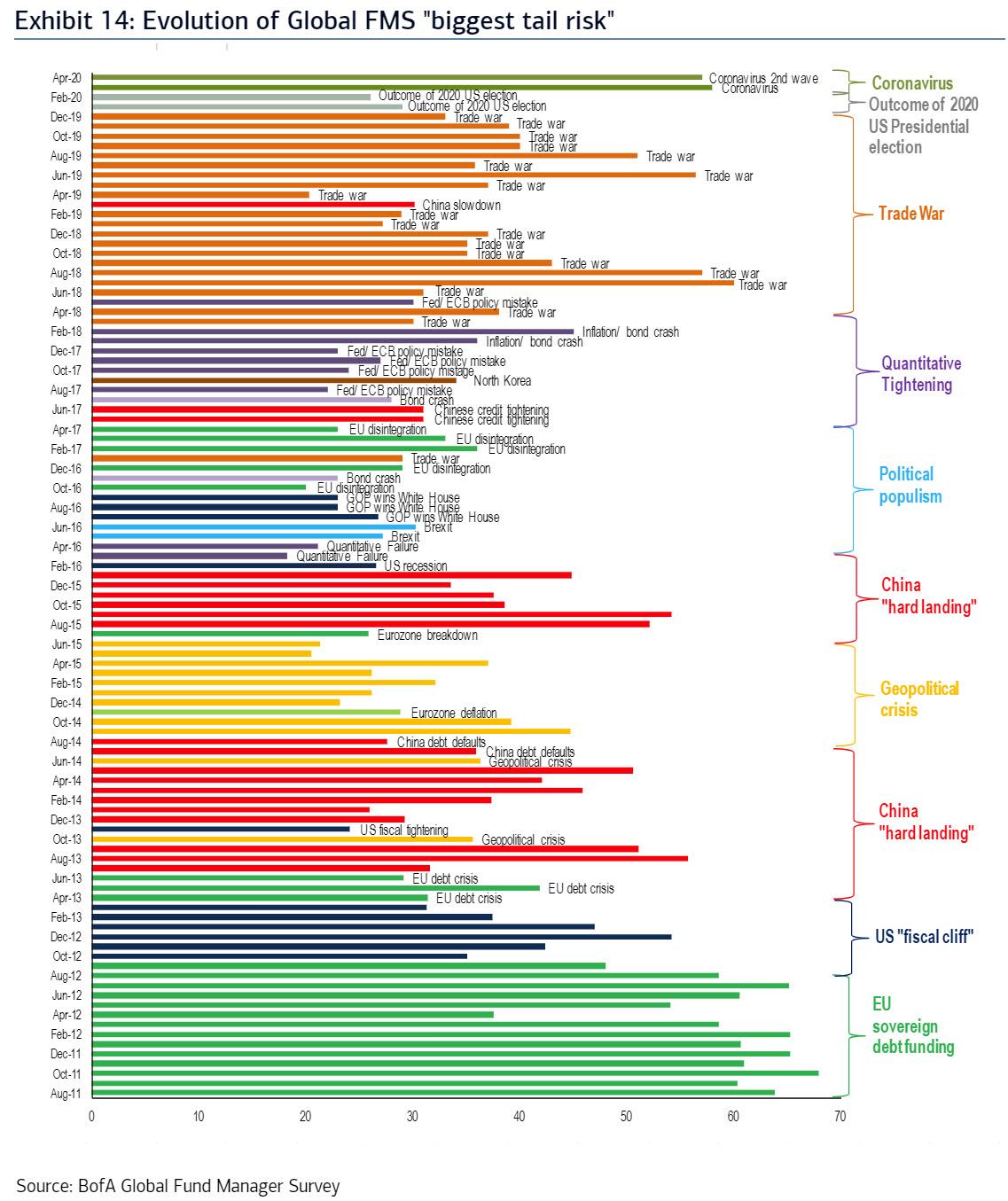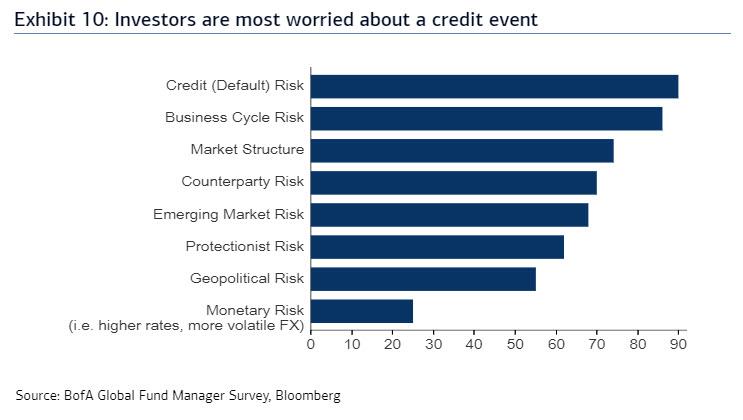Wall Street Has A New “Biggest Tail Risk”: This is What Investors Are Most Worried About Now
It’s safe to say that most on Wall Street failed to anticipate the catastrophic impact the coronavirus would have on the economy as late as the end of February. That’s because in the Bank of America Fund Manager Survey for February (which polled Wall Street professionals at the start of the month), the most popular answer to what was perceived as the “biggest tail risk” was the “Outcome of the 2020 US election”, which now appears so quaint in retrospect, considering the US election will take place (or won’t) around the time the second coronavirus wave hits the US.
Of course, just one month later in March, everyone had heard of the coronavirus pandemic which led to the biggest market crash since the financial crisis, and subsequent Fed nationalization of the bond market. Which is why last month’s FMS virtually everyone said that the “biggest tail risk” was the coronavirus, which is ironic because it should have been that a month prior. And since almost nobody even mentioned it, it probably qualifies as a true “black swan” even though Nassim Taleb himself argues that this was a garden variety, and perfectly predictable, white swan.
And yet, with the coronavirus now in play, one can’t really call it a risk factor, or even a “tail risk” – at this point what is crushing the economy are the consequences of coronavirus’ emergence. So what did Fund Managers say in the latest survey was the “biggest tail risk”? As it turns out, it was coronavirus again, only this time with a twist – namely the 2nd wave of the coronavirus, something we discussed extensively last week in “This Is What Happens After We Pass The Virus Peak.“
There were two more surprises in the results: all three top “tail risks” are brand new, with spot #2 saved for “systemic credit event” (with 30% of the response), and a more surprising answer in that roughly 9% of Wall Street Pro said that a “V-shaped” recovery was the biggest rail risk. Why? Because if there is indeed a very quick turnaround in the economy the Fed – whose policies have contributed to roughly 80% of the S&P’s upside, would be forced to withdraw said programs, ironically leading to another crash, unless of course a new – and even bigger crisis – materializes.
And if a second wave of coronavirus is the theoretical risk (which is unlikely if everyone is worried about) what does that mean in practical terms, i.e., what product or process are investor most worried about. The answer: according to 90% of FMS investors – the most since the March 2009 generational bottom – credit default risk poses biggest threat to financial market stability.
Or, said otherwise, the record amount of corporate debt is the biggest threat to stability which also explains why fund managers spurred the Fed into action, which last Thursday Powell shocked everyone when he said hie would buy junk bonds next, a development which prompted Deutsche Bank to announced “There Is No Such Thing As A Free Market Anymore.”
Tyler Durden
Tue, 04/14/2020 – 15:30



